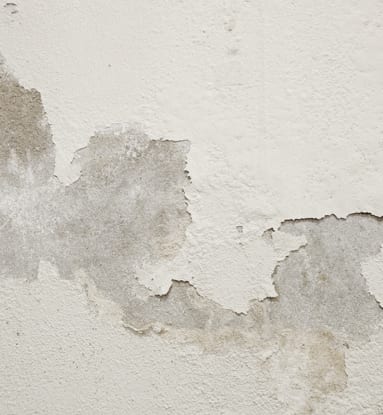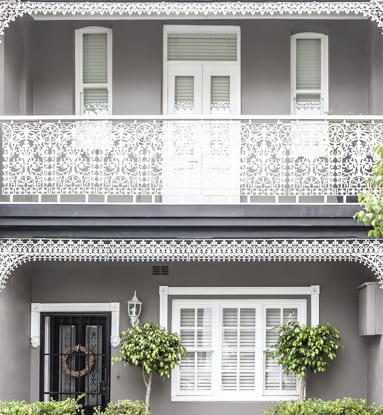Top 3 signs of rising damp

There is a lot of confusion around Rising Damp. Many people confuse rising damp with other signs of moisture in their building, like a leaking roof for example.
Here are the top 3 tell tale signs we think will help you to determine if you have Rising Damp.
1. Damp Patches, staining and tide marks on your wall
This is one of the most common signs of rising damp and one of the easiest to diagnose.
Damp patches or staining are typically yellowish or brownish in colour and they can go up to 1 metre above the skirting board.
Tide marks are also noticeable anywhere up to 1 metre above the skirts. These water marks on the walls are caused by evaporation and the salts that come from the ground.
- Peeling and blistering wallpapers and / or paints
This is another obvious way to diagnose your Rising Damp problem. Things to look out for are wallpaper peeling from the wall or coming off entirely and the corners of the wallpaper turning or curving up. Wallpaper will normally come loose from the skirting boards first. Blistering or bubbling paint sections is another very common sign of Rising Damp.
- The appearance of mould or mildew on walls
If you see black mould patches rising from your skirting boards (again usually up to 1 metre above the skirts) and you don’t have any other evidence of mould in your building, it is likely that there is dampness affecting the area. Mould or mildew can also often have a bad odour which is another common sign of Rising Damp.
- Musty or mouldy smells
If you are noticing a bad odour or musty type smell in your home this could be caused by water or dampness in your walls, or Rising Damp.






